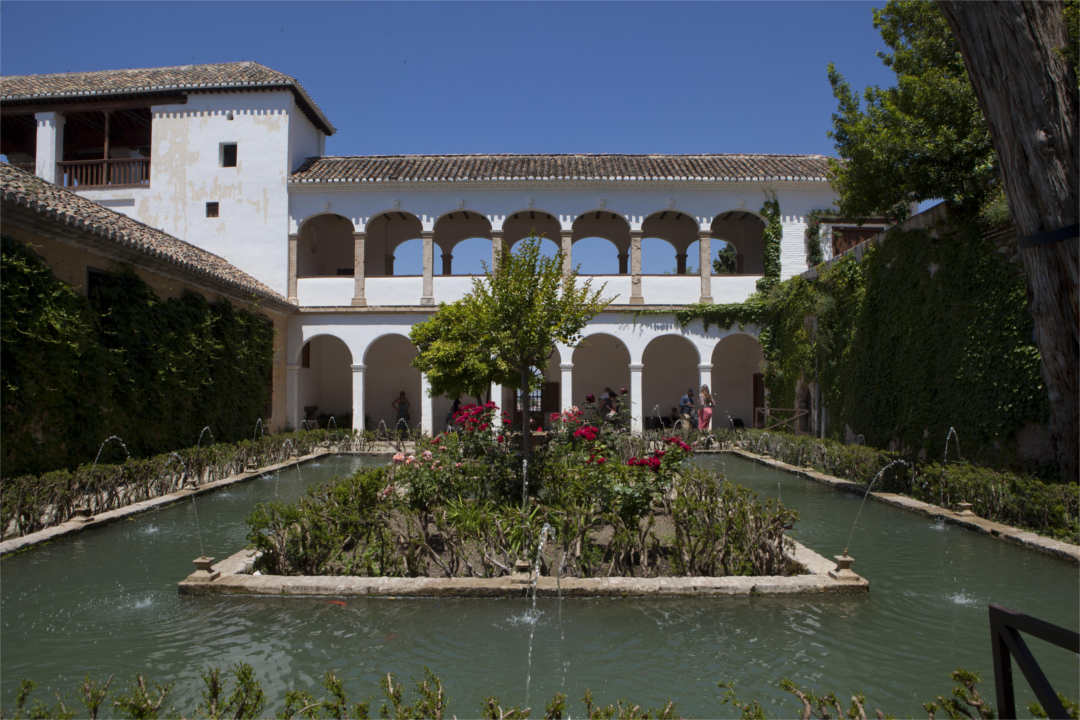 BACK
BACK
The soultana’s court
Called that way after being regarded stage of imaginary love legends, fictionalized in the writings of Ginés Pérez de Hita.
 Make your selection to discover more places
Make your selection to discover more places
The arcaded structure dates back to 1584. In front of it is an intimate court and a garden with a baroque flare to it. The area was originally the site of the now disappeared Palace Bath. Water from the irrigation canal, which at one time probably filled it while flowing to the adjacent courtyard, can still be seen pouring through a gap in the side wall.
In the centre is a U-shaped pool of water, in the middle of which in the 19th century there used to be a smaller pool, with a stone fountain.
Water jets can be found all over historical-artistic monuments site, shooting water into the air and refreshing the environment the way the Ambassador of the Venetian Republic, Venecia Andrea Navaggiero, reported seeing in 1526 when he visited the Generalife.
A tiny door on the south side of the site leads back to the Court of the Main Canal (Patio de la Acequia), and the rest of the Historic-Artistic Monuments Complex.
If you have time, and are willing to climb some more stairs, a visit to the upper part of the Generalife site is worth a visit. It can be reached by going through the door at the centre of the court, in front of the gallery.
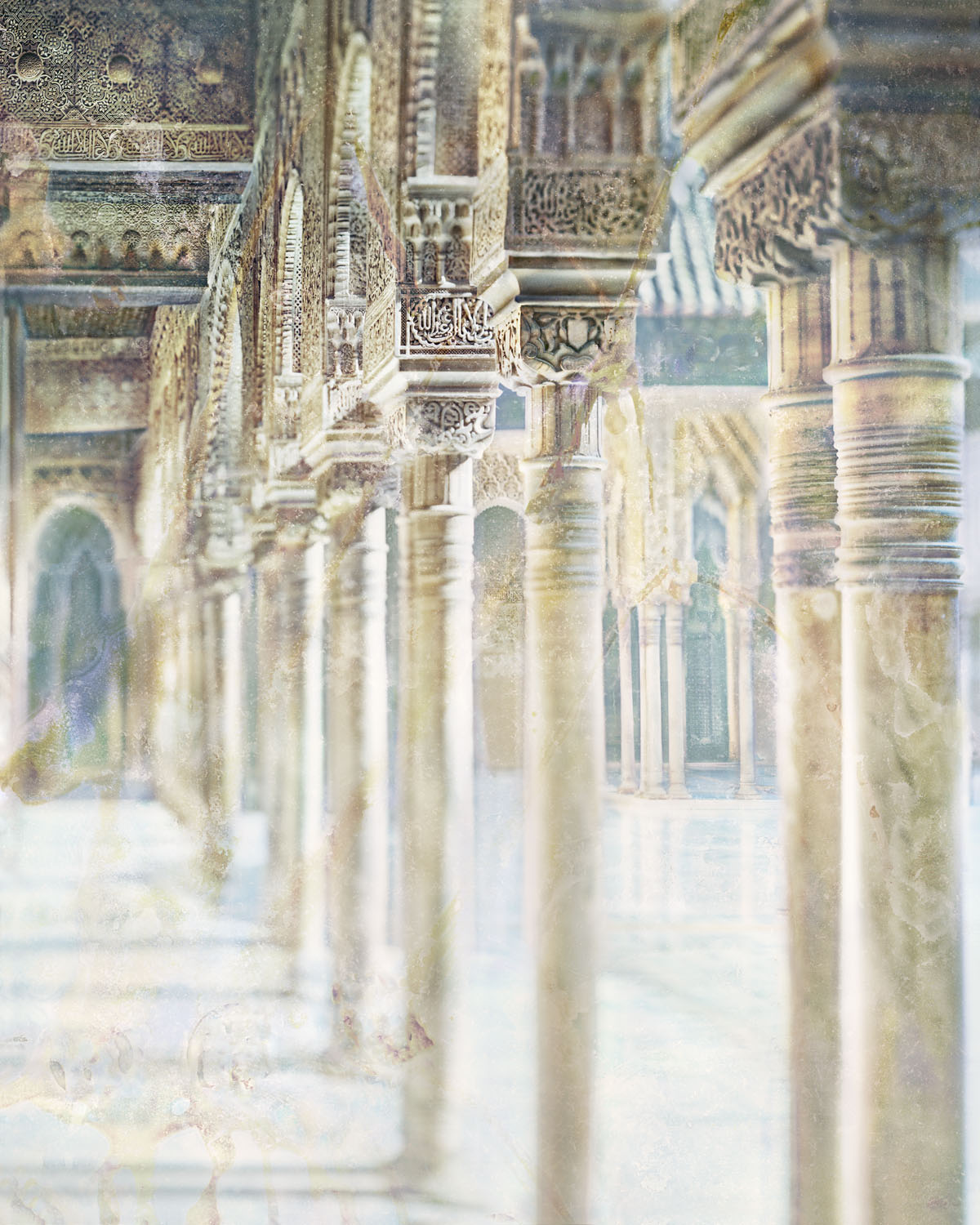
La Alhambra, a look from Fernando Manso
MORE INFORMATION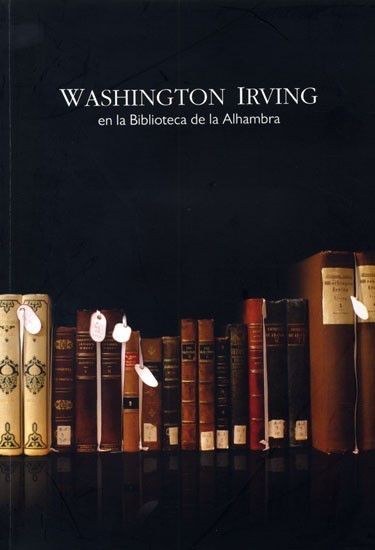
WASHINGTON IRVING AND THE ALHAMBRA
MORE INFORMATION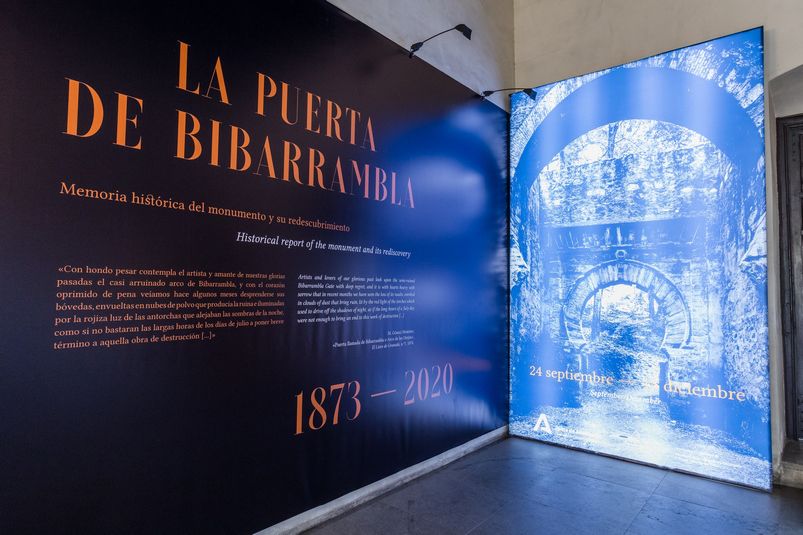
THE GATE OF BIBARRAMBLA. Historical report of the monument and its rediscovery
MORE INFORMATIONTHE EMPEROR´S CHAMBERS
MORE INFORMATION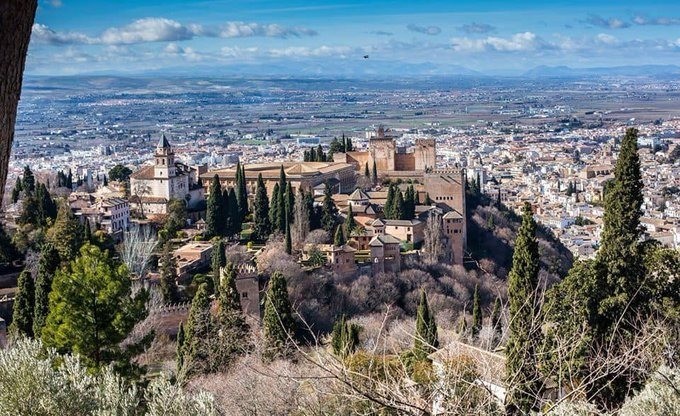
The Council of Alhambra and Generalife will refund automatically the full amount of the bookings
MORE INFORMATION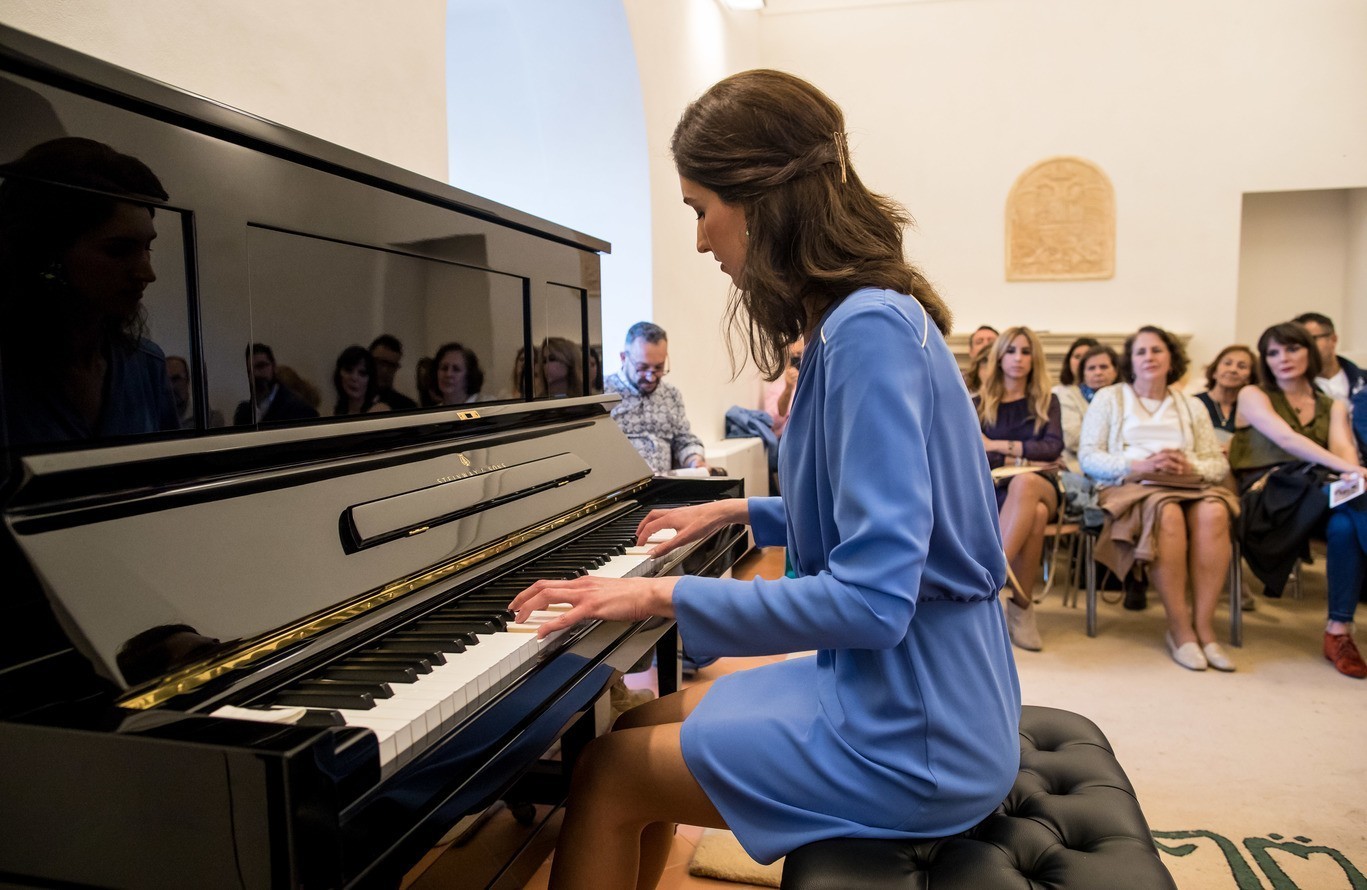





 Contact
Contact






